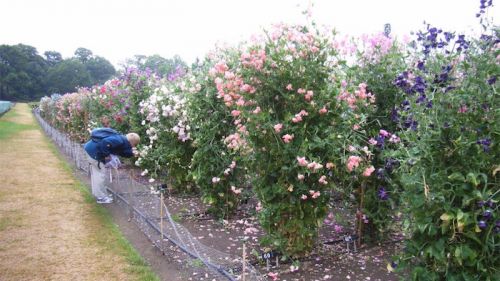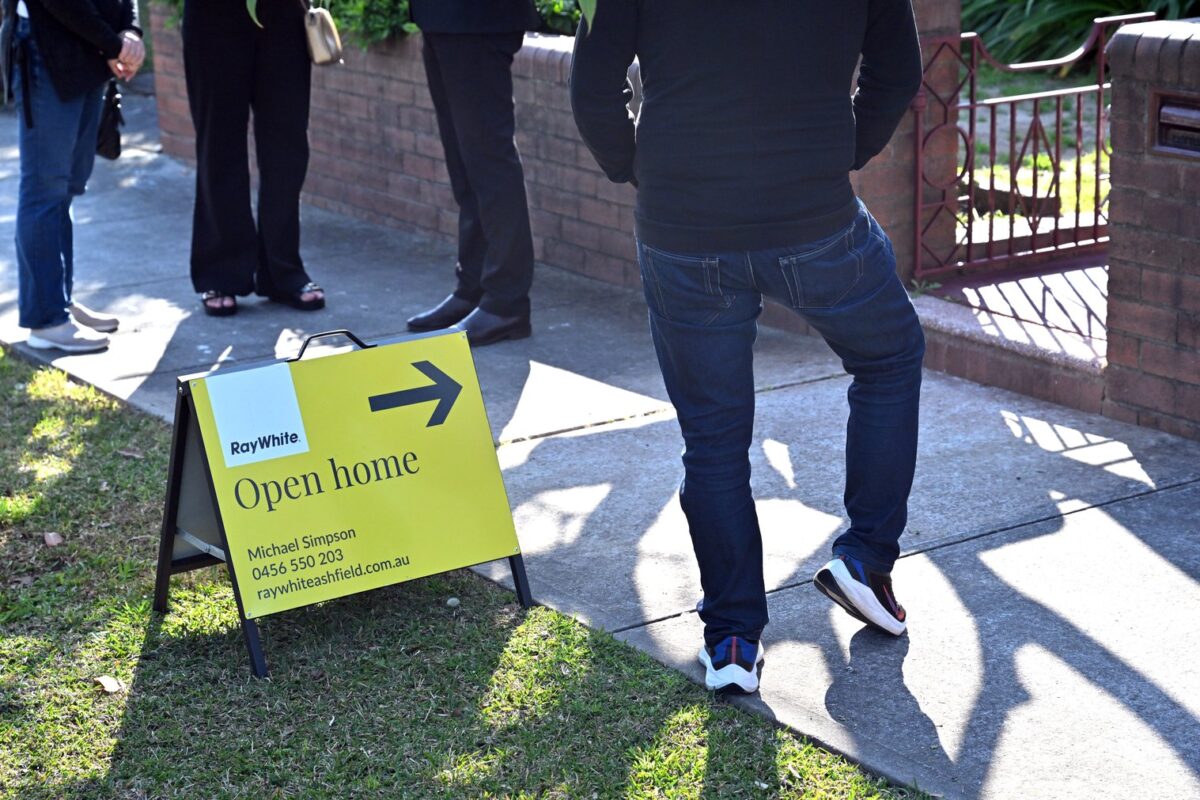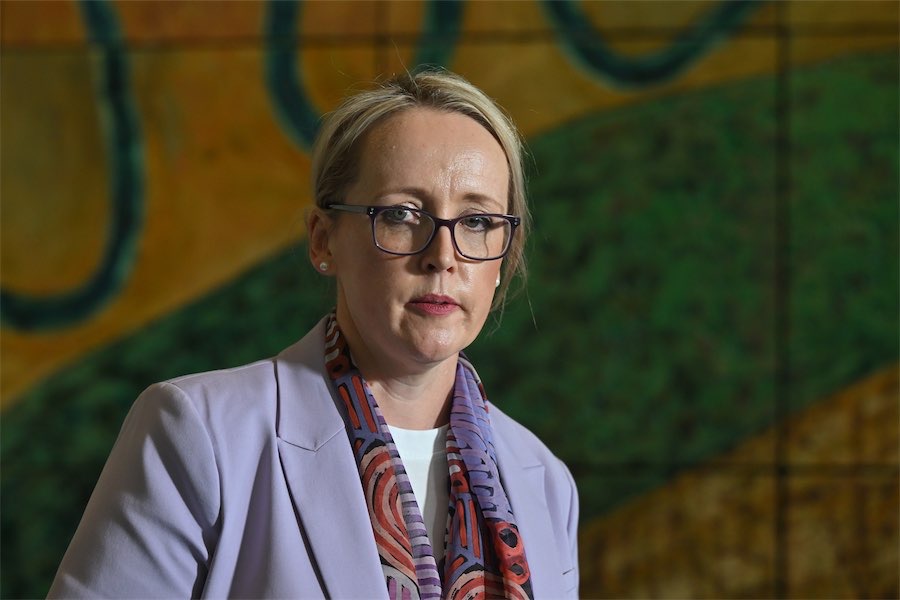
ST Patrick’s Day, on March 17, is traditionally the time to plant sweet peas.
In Britain, St. Patrick’s Day is, of course, in spring. So, how did this tradition take hold here in autumn, with sweet-pea supplier Yates recommending we sow the seeds now? Maybe a reader has the answer.

Australia leads the world in the development of sweet pea varieties, largely thanks to Dr. Keith Hammett, a New Zealander who works closely with Yates Seeds in its main growing areas in Tasmania.
While sweet peas originated in Sicily and Malta, where they grow wild, modern sweet peas were originally developed in the gardens and glasshouses of the Spencer family estate, Althorp, in Britain in 1901.
Unlike the wild species, the new sweet peas had larger frills and bigger wings and took the world by storm at the time.
They were named “Countess Spencer” or just “Spencer” sweet peas, after the grandmother of Princess Diana.
Every year the Royal Horticultural Society trials beds of sweet peas, as seen here at its Wisley Garden in Surrey, England, where amateur growers submit seeds for evaluation, hoping their sweet peas are selected as a new variety and hopefully sold on to a major seed company. They are evaluated for the flowers and their fragrance.
THE Australian Nursery and Garden Industry body has selected the heady perfumed daphne “Perfume Princess” as its Plant of the Year 2016.
The prestigious award recognises this great addition to the daphne family and its many years of development. Happy with full sun, the “Perfume Princess” is available now from the Heritage Nursery, Yarralumla.

Often this is due to farmers having previously applied phosphorus to get pastures to grow. Phosphorus stays in the ground for many years.
Most soils in Australia have low phosphorus that, over millennia, native plants have adapted to.
Ideally, native plant fertilisers should contain no more than 1-1.5 per cent of phosphorus as an NPK rating.
Three years in the making, Neutrog has developed “Bush Tucker”, a revolutionary new native plant fertiliser.
It follows extensive research by two of Australia’s leading plant and soil authorities – Angus Stewart (I recently reviewed his new book “The Australian Native Garden”) and Dr. Simon Leake, principal soil scientist and managing director of the Sydney Environmental and Soil Laboratory.
The new fertiliser will be available at garden centres over the next few weeks.
Jottings…
- Love them or hate them, autumn leaves are great for the garden, either rotting as compost or shredded with the mower and used as an instant mulch.
- Trim conifer hedges now, but don’t cut into the old wood as they will not shoot again. Always trim hedges narrower at the top and broader at the base, allowing the sun into the whole plant.
- Encourage children into gardening by sowing seeds in egg cartons using seed-raising mix.
- A garden spectacular not to be missed, the Melbourne International Flower and Garden Show, the largest in the southern hemisphere, is being held at the Royal Exhibition Building and Carlton Gardens, March 16-20. More information at melbflowershow.com.au
Who can be trusted?
In a world of spin and confusion, there’s never been a more important time to support independent journalism in Canberra.
If you trust our work online and want to enforce the power of independent voices, I invite you to make a small contribution.
Every dollar of support is invested back into our journalism to help keep citynews.com.au strong and free.
Thank you,
Ian Meikle, editor




Leave a Reply